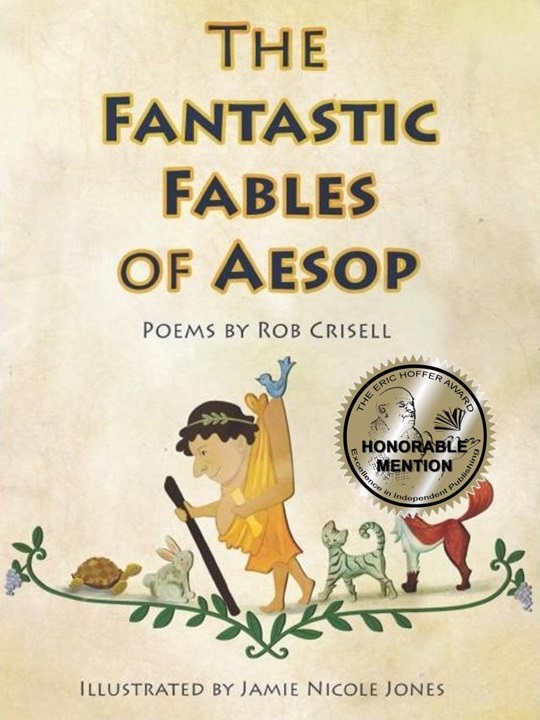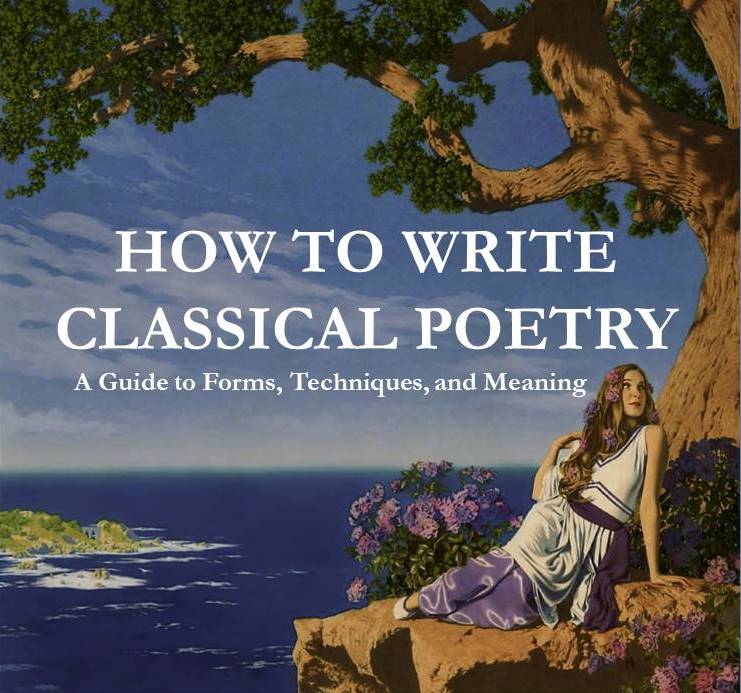“An Allegory of Poetry” by Auger Lucas
Illuminating yet mysterious, exciting yet elegant: Classical poetry never goes out of style. From the lyrics in people’s favorite songs to Robert Frost’s nature-themed poems to Basho’s haiku to Shakespeare’s sonnets to Li Bai’s Tang Dynasty poems to Homer’s epics, the rhythm is there, the rhyming is usually there too—all that the students are waiting for is a teacher to teach them.
Writing classical poetry is surprisingly easy for students, as you will see below. The first step to teaching it, however, is for you, the teacher, to find a poem or poet, dead or living, who resonates with you:
.
Start Writing
Students of any age thrive when they have a well-structured environment with clear boundaries and common sense rules on the one hand and opportunities for wide-open creative engagement on the other hand.
Classical poetry, also known as formal poetry or traditional poetry, is perfect for this. That’s why it was used as the cornerstone of education in past centuries, as well as in different cultures. It can be as simple as counting syllables in the line (like haiku writing) and, optionally, leads on to more challenging and fun techniques such as rhyming or alliteration. For the ambitious students, it could lead to the use of the English language’s natural stresses to form metrical patterns, such as iambic pentameter, as well as more complex ones such as the one in Edgar Allen Poe’s “The Raven.”
Here are resources for introducing your students to classical poetry:
You may also dive write in to the specific forms:
Haiku
Limericks
Pantoums
Rondeaus
Rubaiyat (Persian form)
Sestina
Sonnet
Villanelle















Well, you know me, Kip -- I really don't give a damn about reader response. I just hammer away at…
Thanks, Adam. I'm sure the Cuban cigars were much better prior to 1959. But you know what they say about…
A coincidence, perhaps? Thanks Adam, for your kind words.
Margaret Bravissima! I am fascinated by the rich complexity of the original poem, and by the excellence of your rendition…
After a villanelle (a form I struggle with) like that, no wonder you took poetry more seriously. It's brilliant.